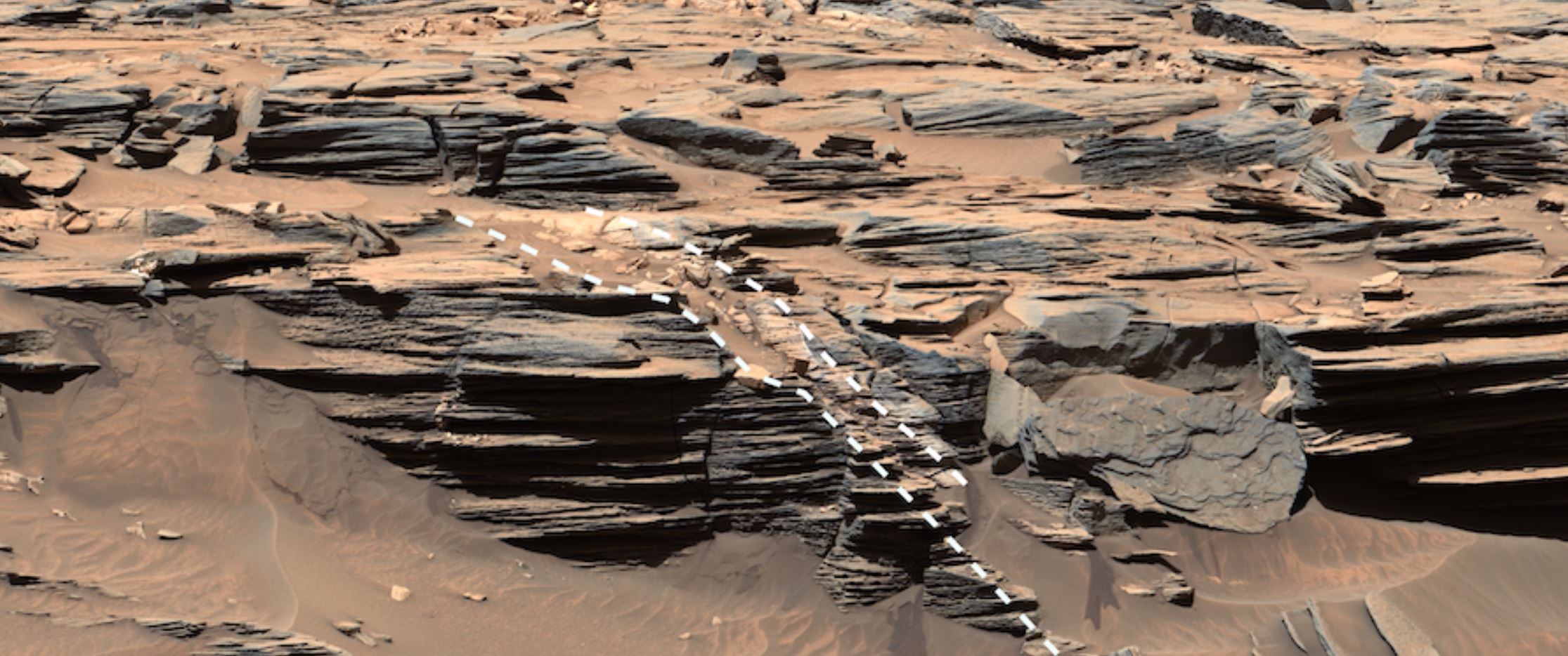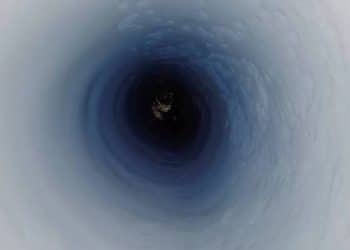Beneath the Moon’s rugged surface, something unexpected is happening — a movement deep within that has scientists rethinking our understanding of Earth’s closest celestial neighbor. A new study from NASA and the University of Arizona has revealed that a layer of semi-molten material, sandwiched between the Moon’s solid mantle and metallic core, is in constant motion. This revelation uncovers a dynamic, shifting lunar interior that mirrors some processes we see here on Earth.
The Hidden Forces Behind the Lunar Movement
Researchers discovered that this layer, composed of low-viscosity material, behaves like Earth’s ocean tides, moving in response to the gravitational forces exerted by both the Sun and Earth. According to the study, published in AGU Advances, this is the first-ever measurement of how lunar tides fluctuate yearly, shedding light on the Moon’s gravitational dance with its cosmic partners.
Just as the Moon’s gravity pulls at Earth’s oceans, creating our tides, the gravitational forces of Earth and the Sun have a similar effect on the Moon, causing its internal “goo” to rise and fall. But what exactly is this mysterious substance, and why is it still molten after billions of years?
Unraveling Lunar Mysteries
One of the most intriguing questions posed by the researchers is how this magma-like layer stays hot and malleable. Typically, the Moon is thought to be geologically inactive, so the existence of such a warm, dynamic layer poses new challenges to current models of lunar evolution.
Using data from NASA’s Gravity Recovery and Interior Laboratory (GRAIL) and Lunar Reconnaissance Orbiter (LRO), scientists were able to map the Moon’s interior in unprecedented detail, revealing this “partial melt” zone beneath the mantle. Composed of minerals like magnesium-iron silicate and pyroxene, the researchers believe that only models with a softer, more flexible layer at the mantle’s base could account for the Moon’s tidal movements.
While this discovery answers some longstanding questions, it also raises new ones. How did this semi-molten layer form? What is it made of exactly? And most importantly, what is keeping it warm and mobile after so many eons?
A New Chapter in Lunar Research
This discovery is not just a step forward in understanding the Moon’s current state; it also offers profound insights into its thermal history and future evolution. By confirming the existence of this hidden layer, scientists can now refine their models of how the Moon developed and what internal processes still shape its landscape today.
More excitingly, this research opens up new avenues for future exploration. What other mysteries lie beneath the Moon’s surface? Could there be more unexpected discoveries that challenge our current understanding of planetary formation and dynamics?
As the study authors put it, the presence of this molten layer has significant implications for the Moon’s thermal state and evolution, and may even affect future lunar missions aimed at exploring deeper into its core.
This groundbreaking research provides a fresh perspective on a familiar cosmic companion, making us rethink what we thought we knew about the Moon. The mysteries hidden beneath its surface are just beginning to unfold.











